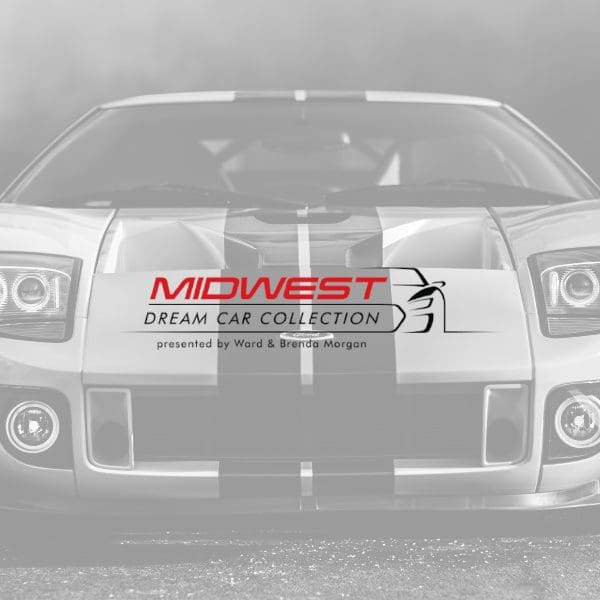
A new marque in American personal luxury!
Where it all began
Following World War II, the automotive industry was beginning to thrive again, and Ford Motor Company quickly realized that if they wanted to compete head-to-head with General Motors and their five-division hierarchy, they would need to make some changes of their own. At the time, they had just three divisions: Ford, Mercury, and Lincoln. So in 1953, they started developing the first of two new ones, the Continental Division, which was intended not just to compete with GM’s Cadillac Division but to upstage it.
Only one model of Continental was offered for the division’s first year, 1956: the Mark II. This name was derived from the European manufacturing practice for denoting a second-generation product; the vehicle was intended as the successor to the 1939–48 Lincoln Continental, theoretically making that the Mark I. As a result, some people called the new Mark II a Lincoln Continental, but it was never a Lincoln. Continental was now a separate division apart from Ford, Mercury, and Lincoln.
This new personal luxury two-door coupe was beautifully styled and masterfully crafted to standards that could only be compared to those of a Rolls Royce, and it had a price to match. The Continental Mark II was listed at a hefty $10,750 (about $100,000 today) if equipped with the optional air conditioning, making it the most expensive domestic car produced in North America.
The Continental Mark II was a car that represented wealth and prestige in an understated way. Its styling was sporty, with the long hood, short trunk, low doors, and overall low stance on the road. The chrome was kept to a minimum, which separated it from the heavily chromed, big-finned cars of the period. The Mark II was also meticulously built in its own luxurious plant, where the assembly line was slowed down to about half the pace of Ford, Mercury, or Lincoln. This allowed for all body panels to be custom fitted to the car and then removed for sanding, painting, and hand-polishing before re-assembly. Even the nuts and bolts, which would normally be installed by machine, were instead threaded on and torqued by hand to aircraft standards. All the parts had to pass strict quality control measures before even being shipped to the assembly plant. Following this painstaking assembly, each car was given a personal road test and then returned to the factory, where adjustments were made and any defects were corrected before yet another inspection. Only then was it shipped to the dealer in its own fleece-lined car cover.
The Continental Mark II was sold through existing Lincoln dealerships. The thought was that once customers came in the showroom door, if they couldn’t afford the Continental, they might instead buy a less expensive Lincoln.
The car in our collection
The Continental Mark II presented by the Midwest Dream Car Collection is one of just 1,325 produced for model year 1956. It’s finished in white lacquer paint complemented by a Scottish “Bridge of Weir” leather interior. Ford chose to use “Bridge of Weir” hide in the Continental because the farms didn’t use barbed wire, and this greatly reduced the number of damaged hides. The imported hides were then dyed at tanneries in the U.S.
This car is equipped with factory air conditioning, the only option not on the lengthy list of standard features (costing an expensive $750.00 extra). In addition, it has power brakes, power windows (including power vent windows), power steering, heating, and a Town and Country radio. The aluminum-trimmed four-cluster instrument pod includes a speedometer, clock, and tachometer. A separate area above the center console houses toggle switches that operate the heater, blower, and vents. You’ll also note the signature “Continental” hump on the rear trunk lid, which is not only beautiful in form but completely functional, allowing ample clearance for the spare tire that’s housed horizontally inside.
This car is also equipped with the factory-correct 368-CID V-8, which when coupled with the four-barrel carburetor produces a powerful 285 horsepower. While this is the same engine that was used on all the 1956 Lincolns, the engines destined for the Continental Division were specially selected and individually adjusted, balanced, and fine-tuned prior to installation. The transmission is the three-speed Turbo-Drive automatic (new for 1956), which was the only transmission offered.
Continental Owners Club
https://lcoc.org/
Signup for our newsletter to stay up-to-date and connected.